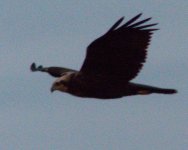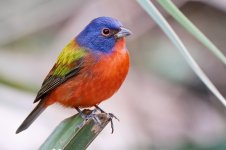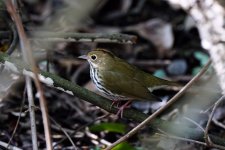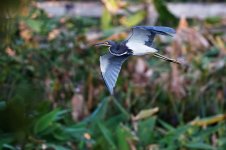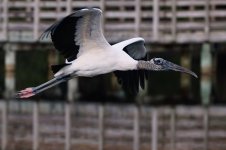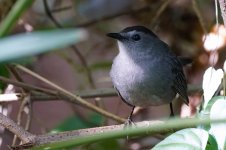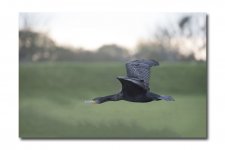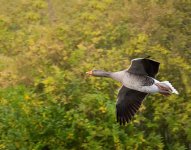ialarmedalien
Well-known member
I'm looking for recommendations for a camera+lens set up that I can use to get some decent shots of birds in low light situations, specifically barn owls hunting towards the end of the day, and harriers coming in to roost. I currently use a Panasonic FZ330 (bridge camera) with 1.5x TC, which gives me ~900mm of reach and performs well in good light, but it gets noisy at about 800 ISO. Even though there's still plenty of light around when I want to photograph these specific BIFs, the combination of the high shutter speed, small camera sensor size, birds at a distance (the harriers are photographed from a hide), shooting handheld, etc., means that the interesting part of the image is usually small and lacking in detail or noisy.
Given that low light BIF shots usually require expensive equipment, and a bridge camera serves my needs most of the time (most of my photos are taken whilst out dog walking or hiking, usually in good light), I think my best, most financially sensible option is to rent some gear for this purpose. I'd ideally like something that isn't too heavy, as my experience has all been with the lightweight bridge camera plus TC combo and a heavier set up would probably mean more likelihood of camera shake and difficulties in BIF tracking.
ETA: Here are a couple of photos to demonstrate the kind of lighting conditions and noise; I've converted them to jpg and cropped them for the forum (they were originally 4000x3000), but otherwise they're untouched.
Your suggestions, please!
Given that low light BIF shots usually require expensive equipment, and a bridge camera serves my needs most of the time (most of my photos are taken whilst out dog walking or hiking, usually in good light), I think my best, most financially sensible option is to rent some gear for this purpose. I'd ideally like something that isn't too heavy, as my experience has all been with the lightweight bridge camera plus TC combo and a heavier set up would probably mean more likelihood of camera shake and difficulties in BIF tracking.
ETA: Here are a couple of photos to demonstrate the kind of lighting conditions and noise; I've converted them to jpg and cropped them for the forum (they were originally 4000x3000), but otherwise they're untouched.
Your suggestions, please!
Attachments
Last edited:





